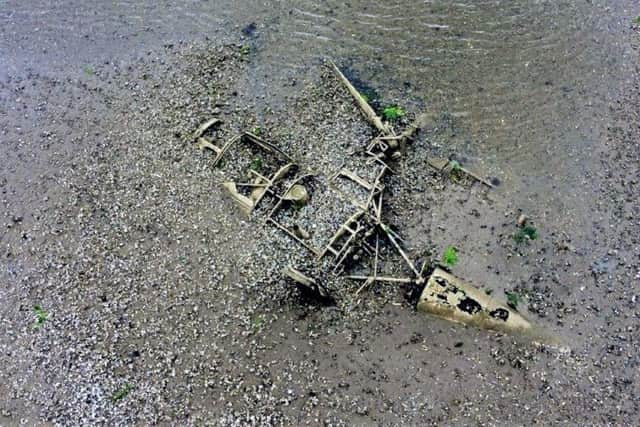1958 crash site of rare Royal Navy helicopter identified as part of Northern Ireland 3D Coastal Survey
and live on Freeview channel 276
The Topographic LiDAR and Orthophotography survey, completed in early 2022, provides high resolution aerial photographs, near-infrared imagery, and 3D laser scans of the ground surface. As well as providing detailed information on what our coastline currently looks like, it is also being used to identify man-made structures and landscape features which are at risk from erosion and sea level rise.
Marine archaeologists are utilising this data to identify and assess archaeological and historical sites that lie around Northern Ireland’s coastline. These can include historic wrecks, medieval fish-traps, monastic settlements, castles and fortifications, quays, slipways, and Industrial-era seaweed cultivation sites. While many of the sites examined are recorded on the Historic Environment Record of Northern Ireland (HERoNI), the research has so far identified over 150 new heritage sites, with 100 of these below the high tide mark and the remainder above.
Advertisement
Advertisement
The discovery of a Royal Navy Dragonfly helicopter was an unexpected find during this work. Remnants of aircraft structure were initially spotted in the aerial photos of Lough Foyle.


Though heavily corroded, the frame of the helicopter and its three rotor blades were mostly intact, with remnants of the ‘Royal Navy’ stencilling still discernible down the tail boom. Further research involving officials from the National Museum of the Royal Navy (Plymouth), the Fleet Air Arm Museum (Yeovilton) and the Ulster Aviation Society, identified the aircraft as a 1955 Westland Dragonfly naval air-sea search and rescue helicopter, based at the Royal Naval Air Station Eglinton, now the City of Derry Airport. The helicopter had come down on 25 November 1958, during a recovery exercise.
Further information on the find will be available on a new coastal Information website, The Northern Ireland Coastal Observatory, which will be launched by DAERA in the near future.